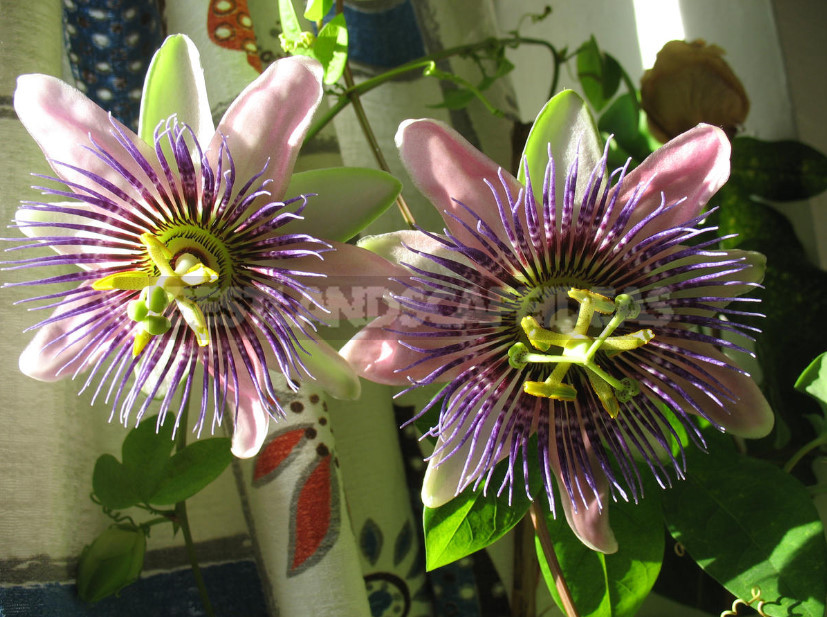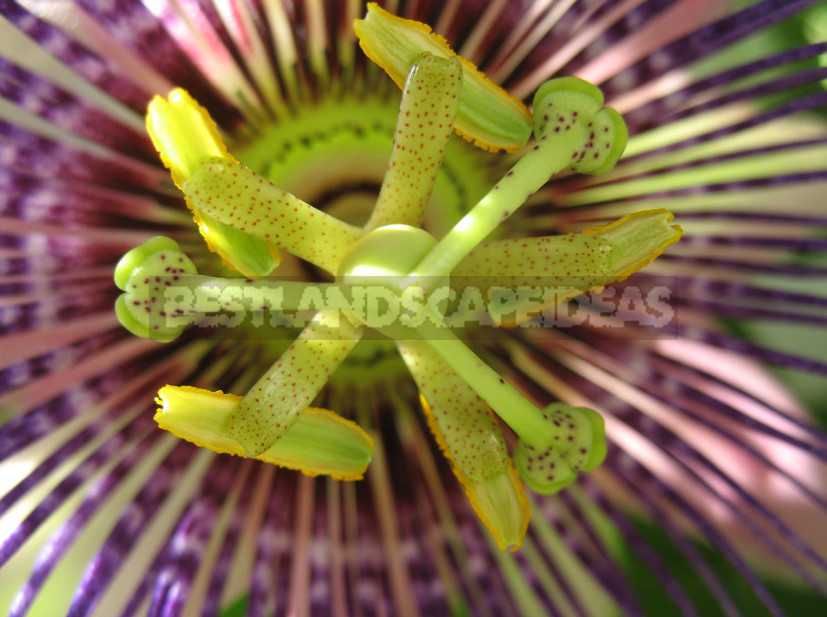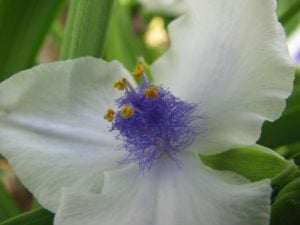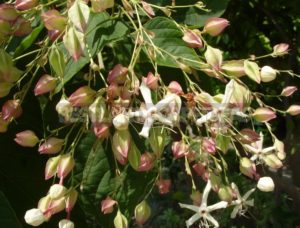
Many amazing plants live in the southern hemisphere of the Earth. Some of them are completely unfamiliar to us, but some, thanks to plant hunters and scientists-collectors, got to us on the windowsills. It is especially interesting if these plants are of industrial importance in the southern countries, not to mention their unusual and mysterious qualities. We sometimes get scant information about some exotic fruits.
One day we brought home a sprig of an unknown plant that was growing wildly among friends. We lowered him into the water and waited. The mysterious twig stood in the water for almost a month, and … nothing has changed. We were already tormented by anxiety, and when the cuttings began to turn yellow and fall off the leaves, we could not stand it and risked planting them in the ground. At the same time, however, I noticed a small whitish growth at the lower end of the stem. For a long time there was a stalk in the pot, until the long-awaited sprout appeared! Then he quickly began to grow and demonstrate his climbing abilities: tendrils appeared, and long eyelashes spread to neighboring plants.
The plant was soon identified as Passiflora x alato-caerulea. It is native to tropical forests, and in Brazil, passionflower is known as “yellow granadilla” and is grown on plantations as a vine for juicy and sweet fruits, which are still called passion fruit.
Passion fruitis an oval yellow-orange fruit measuring 6-12 cm (2.3-4.7 in), growing on the eyelashes of P. edulis. Under room conditions, you will not get fruit from it, but there are flowers.
It captivates all the blooming passion flowers. All its young shoots give birth to buds in the spring, which turn into peculiar flowers, for which the plant got its name. This came to mind to the Spanish missionaries who first saw the vine in Brazil – in the flower they found a collection of symbols of the instruments of Christ’s Passion (suffering): five bowls and five petals symbolize the faithful disciples (except for Judas and Peter, who at the arrest of Christ denied Him); the leaf symbolizes the spear that pierced the rib of Christ.; five stamens – five wounds (four wounds from nails on the hands and feet and one from a spear); tendrils-ropes; crown-crown of thorns; Cup-halo; white color means purity, blue-heaven.
The passion flower blooms for just one day. It starts in the morning, with the first rays of the sun. Delicate pink petals, framed by white-green bracts that sprouted the day before, open before our eyes. But the most interesting thing is in the middle!

In the blue passion flower, the center of the flower is crowned with a mottled blue-purple crown of many pointed needles. Inside the crown, the embryo of the future fruit rises majestically, on it three pistils are straightened in different directions. And on the sides-five stamens with bright yellow pollen.
The flowering of Passiflora x alato-caerulea is accompanied by a delicate aroma that is felt immediately upon entering the room. But only the last rays appear on the petals, and they begin to gradually close, forever saying goodbye to the sun, air and glory. The next day, the closed bud disappears. And that’s all.
But if the passion flower grows on a bright window, and it is provided with regular watering, and in spring and summer time also with top dressing, then several buds ripen on the vines at once – and not the same, but smaller ones-that is, by seniority. Then, in the spring, a series of bright and lush blooms begins, when from day to day one wonderful color blooms, like magic beads.
After flowering, the passion flower grows rapidly throughout the summer. Basically, if it is not bounded and curled on some support (such as an arc or a small trellis), it will crawl in all directions, up the neighboring plants. A well-groomed and neatly formed vine, of course, looks neater and more beautiful during flowering.

In summer, Passiflora x alato-caerulea, P. caerulie, P. incarnata and P. adenopoda can be taken out into the garden, while others are better left in a well-ventilated area. In winter, the most common and most suitable for indoor culture passion flowers need some rest. They need a coolness of +15…+17 degrees (59-62.6°F) and moderate watering. At the same time, they do not completely shed their leaves, like subtropical species, and do not suffer from dry indoor air, like immigrants from the humid tropics, in particular P. trifasciata. The latter, however, is still advised to try to grow because of the amazing beauty of the tricolored leaves. It needs diffused light, constant uniform humidity of the soil and the surrounding air. It grows compactly, which makes it easier to grow in the flora.
Try to grow them at home as well and then you will wait for flowering. Or maybe fruit?..




Leave a Reply